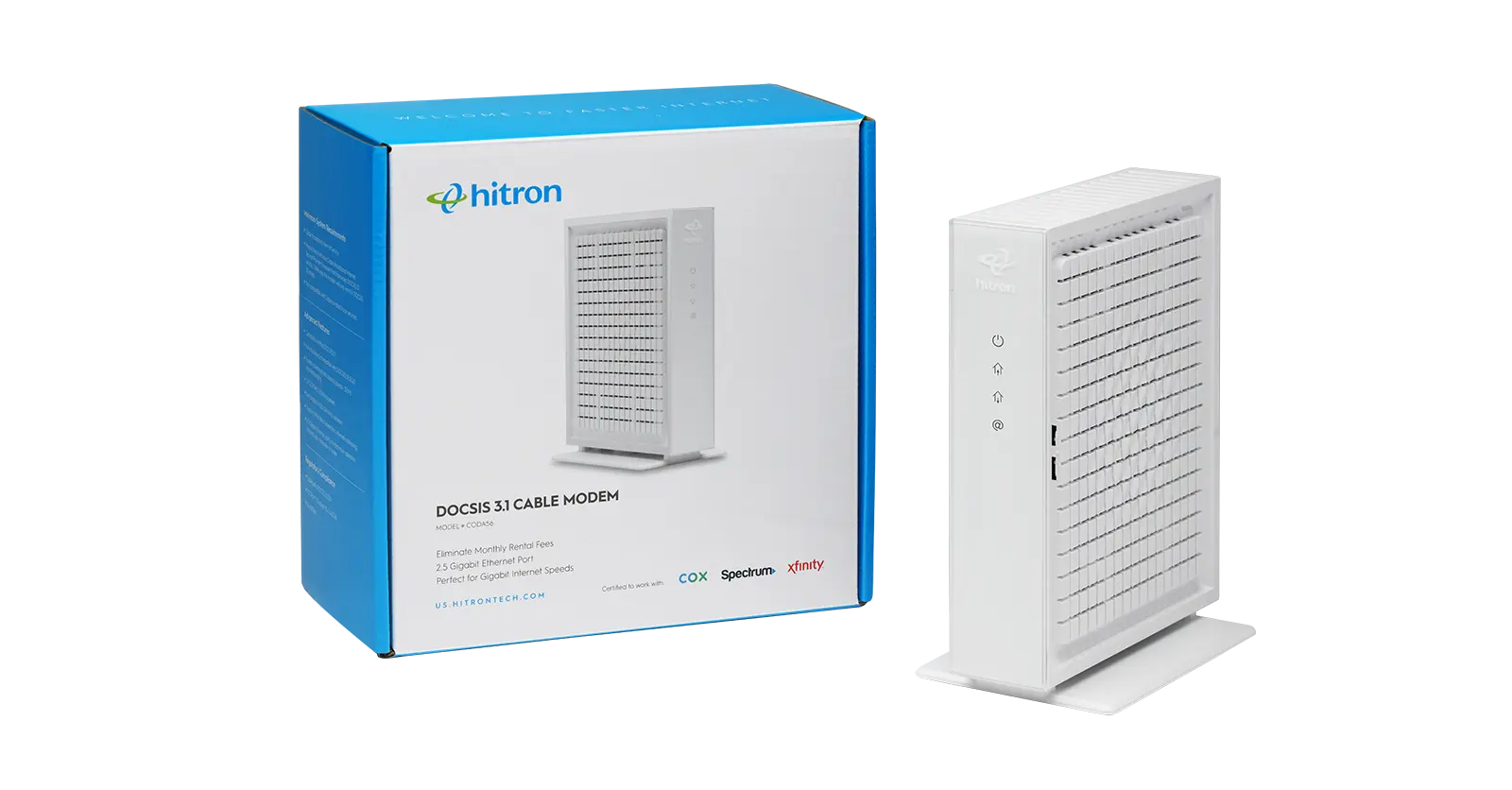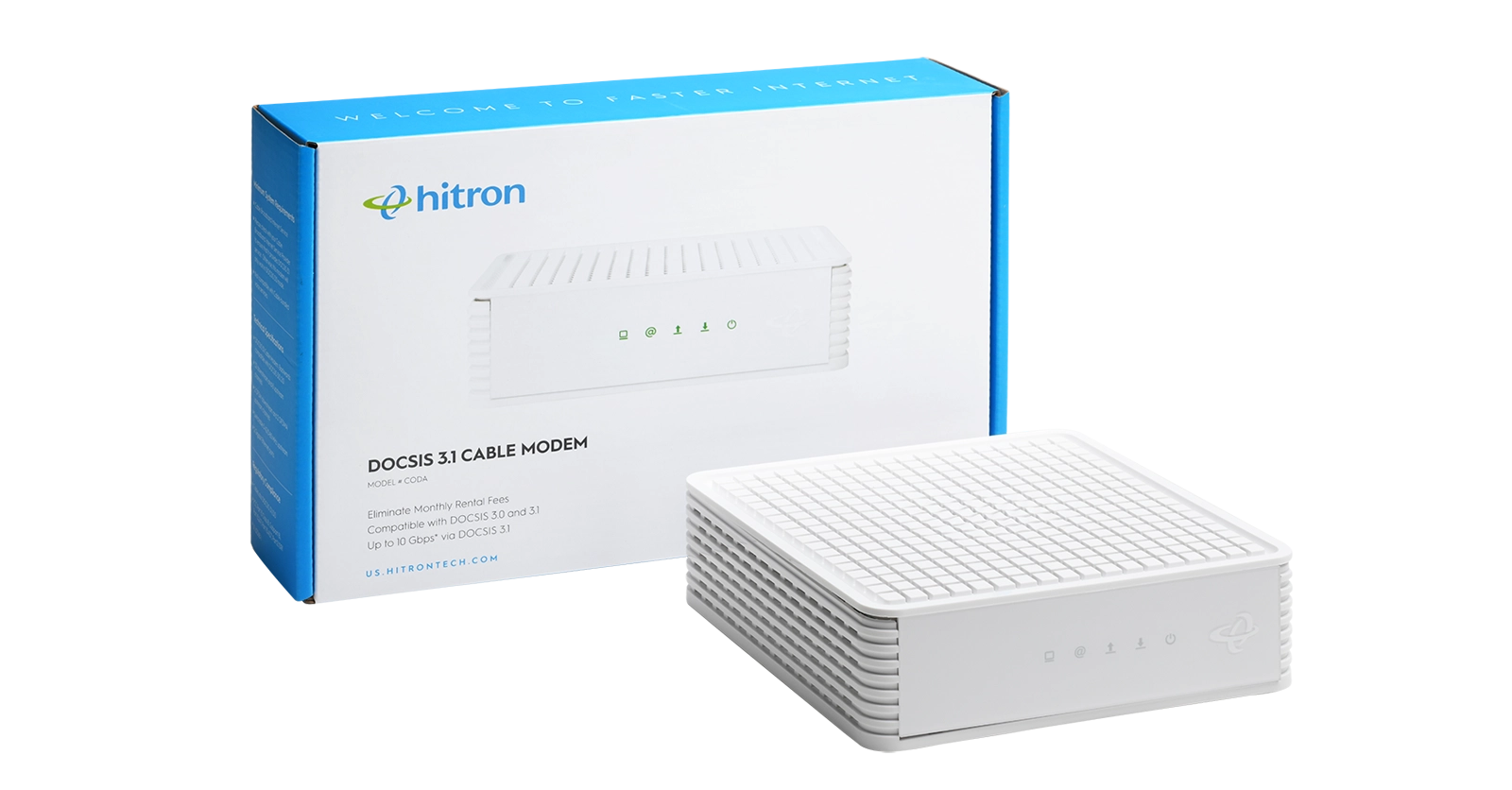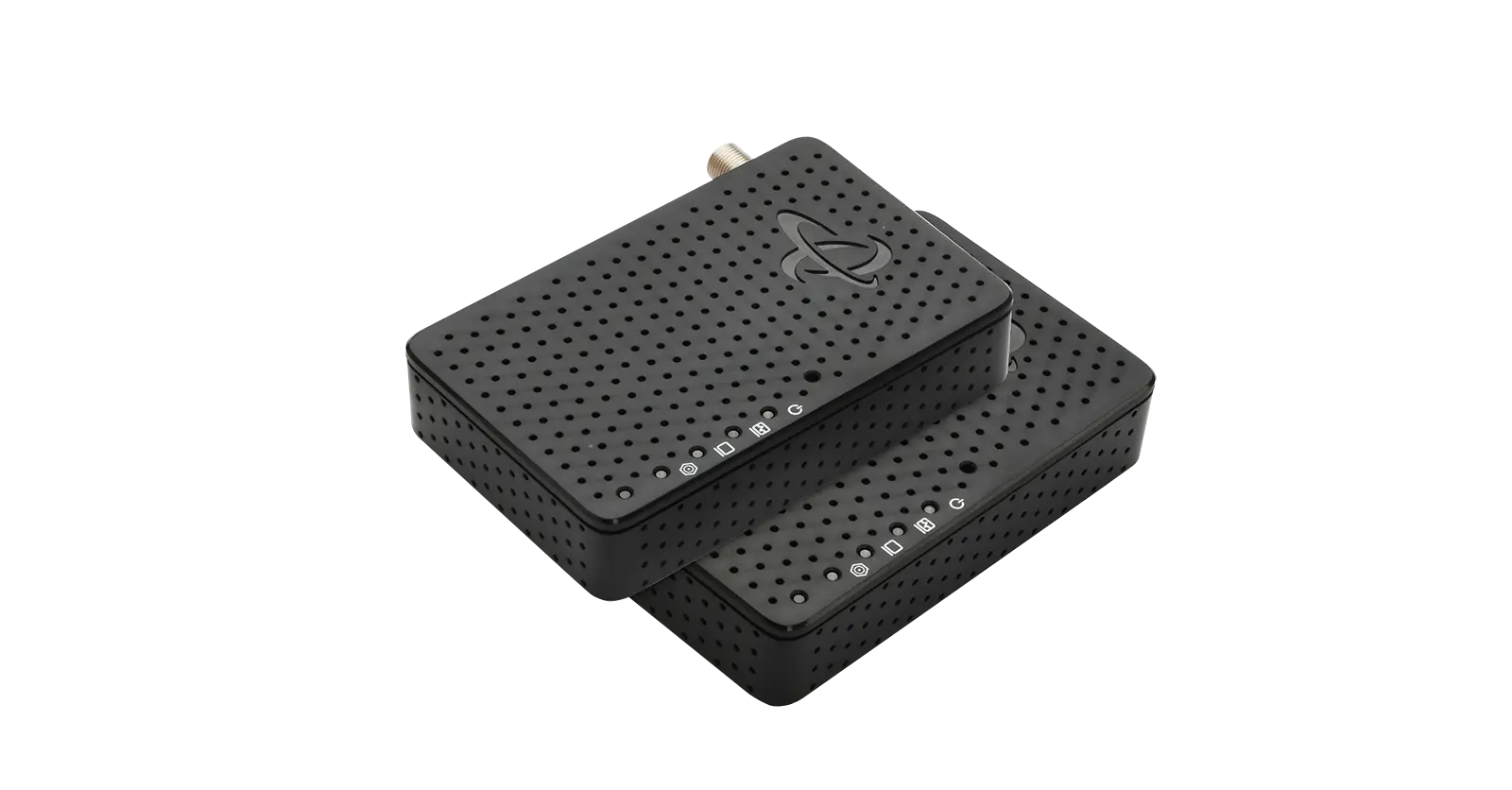PON stands for passive optical network. It is a type of fiber-optic network. A PON Internet (shared fiber) system operates on an unpowered network (passive) meaning that it does not require any active components. Instead, it only uses fiber and passive components like splitters and combiners.
A PON system is designed to deliver broadband Internet access to your home or office by connecting you as a subscriber to your Internet service provider (ISP). A PON is a point-to-multipoint system comprised of the following components:
- Optical line terminal (OLT) which is the device at your ISP’s central hub
- Optical network terminal (ONT) which is the device near to your home or office
- Optical network unit (ONU) which is virtually the same as an ONT.
There are various types of PON networks. One advantage of using passive components are is that they are far more cost-effective than using active components on a point-to-point system. The passive components are just one key advantage, but there are a handful of others.
Here are 5 key advantages that PON Internet has over others:
PON Internet is cost-effective.
PON is a cost-effective technology. Because PON technology uses a single-optical fiber to support multiple users (point-to-multipoint), it costs less in infrastructure and material costs than active point-to-point systems.
Offers the highest Internet speeds available.
PON technology can transmit data at a gigabyte per second (1Gbps) or more. The data transmit is also symmetrical, which means that it doesn’t matter if the data is travelling upstream or downstream, it is fast. This can be highly beneficial especially for businesses because of the higher download and upload demands.
Delivers a reliable and adaptable Internet connection.
One of the biggest advantages is that fiber is incredibly more reliable than other technologies. One reason is that the fiber cabling itself is smaller, lighter, more flexible, and easier to route through homes and buildings than other types of wiring. Also, fiber isn’t at risk for electro-magnetic interferences since it doesn’t use electricity to transmit data.
Delivers more services than just Internet.
PON doesn’t just give you Internet access. A shared fiber can also support services like voice (phone service) and video in addition to Internet. This means that with one shared network, you can get all three services and at a higher quality.
PONs are flexible and scalable.
Lastly, if you are a business owner, a PON’s point-to-multipoint structure is a huge advantage. This is because it is scalable. So, as your business and network grow, you will have the support you need for your changing bandwidth needs.
Whether you are a homeowner or business owner looking to level up your Internet service, PON or shared fiber technology can offer a lot of advantages. Ask your ISP about Hitron’s offerings today. Hitron’s 10G PON solutions allow you to scale up to a future-ready network. Learn more about fiber technology on Hitron’s Learn Page.


